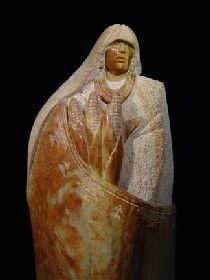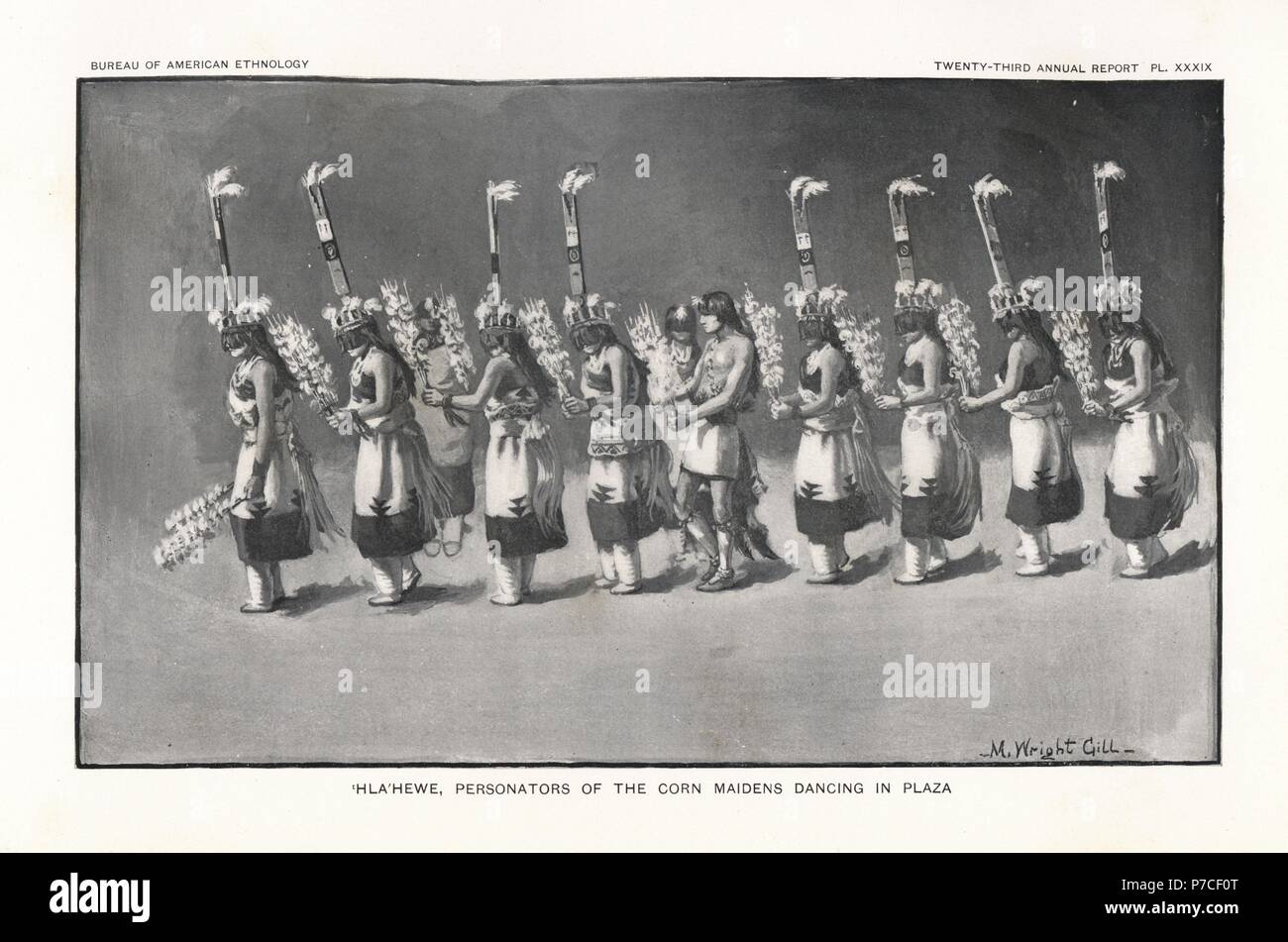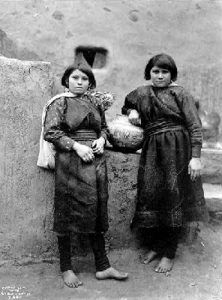
Echoes from the Land: The Enduring Power of America’s Legends
America, a nation often perceived as young in the grand tapestry of human history, boasts a storytelling heritage as ancient and diverse as its landscapes. From the sun-baked mesas of the Southwest to the dense forests of the Pacific Northwest, and from the industrial heartland to the wild frontiers, legends are not mere quaint fables. They are the bedrock of cultural identity, the carriers of ancestral wisdom, and the vibrant threads that weave together the disparate experiences of a continent. These tales, passed down through generations, offer profound insights into the values, fears, hopes, and spiritual connections that have shaped its people.
At the heart of this rich narrative tradition lie the Indigenous legends, stories that predate European arrival by millennia. These are not just myths; they are living histories, spiritual guides, and ethical frameworks, often deeply intertwined with the land and its sustenance. Among the most poignant and culturally significant are the legends of the Zuni people, specifically the mesmerizing tale of the Corn Maidens, or Na Zuni in their native tongue. This story, more than a simple narrative, is a sacred blueprint for living in harmony with the earth, a testament to the power of gratitude, and a cautionary tale against human hubris.
The Zuni, an ancient Pueblo people of New Mexico, have for centuries sustained themselves through agriculture, with corn being the cornerstone of their existence. It is no wonder, then, that their creation myths and foundational legends revolve around this life-giving grain. The story of the Corn Maidens speaks of six beautiful sisters, each embodying a different color of corn—white, yellow, blue, red, speckled, and black. These maidens were the bringers of sustenance, fertility, and profound beauty to the Zuni people. Through their presence, the fields flourished, the people thrived, and harmony reigned. They taught the Zuni how to plant, how to harvest, and how to live in balance with the natural world, their songs and dances resonating with the rhythms of the earth.

However, as with many tales of paradise, human failings cast a shadow. The Zuni, blessed with abundance, began to take the Corn Maidens for granted. Their reverence waned, replaced by a focus on material wealth and superficial beauty. They started to gamble, to boast, and to engage in frivolous pursuits, neglecting the sacred rituals and the spiritual connection that maintained their prosperity. Offended by this disrespect and the people’s shift from genuine gratitude to avarice, the Corn Maidens chose to depart. They transformed themselves back into kernels of corn and disappeared, leaving the Zuni in a state of famine and despair.
Their departure plunged the Zuni into a period of hardship and reflection. It was only through deep repentance, a return to sacred prayers, ceremonies, and a renewed commitment to spiritual values that the Corn Maidens were eventually persuaded to return, albeit not in their original form. They returned as the spirit of corn itself, reminding the Zuni that true sustenance lies not just in the physical crop, but in the spiritual reverence and respectful stewardship of the earth. As a Zuni elder might convey, "The Corn Maidens teach us that life’s bounty is a gift, not a right. When we forget gratitude and balance, the spirit of life recedes. Our corn is our mother, and we must honor her as such." This legend underscores a fundamental principle: the well-being of the community is inextricably linked to its spiritual health and its relationship with the natural world. It is a powerful reminder that the earth’s generosity is conditional upon human respect and reciprocal care.
Beyond the Zuni, Indigenous legends across America echo similar themes of profound connection to land and spirit. The Lakota people tell of the White Buffalo Calf Woman, who brought the sacred pipe, teaching them ceremonies, peace, and the interconnectedness of all living things. The Navajo (Diné) speak of Changing Woman, a benevolent deity associated with the cycles of the seasons and the resilience of life, who shaped the world and continues to guide her people. The trickster figure of Raven in Pacific Northwest cultures, a bringer of light and change, demonstrates how creation and chaos can coexist, challenging assumptions and fostering adaptability. These stories are not just narratives; they are blueprints for moral conduct, historical records, and spiritual guides, deeply embedded in the daily lives and ceremonial practices of their respective peoples.
Moving beyond these ancient Indigenous roots, the tapestry of American legend expanded with the arrival of European settlers and the subsequent forging of a new nation. These stories, while often less spiritual, are equally vital in understanding the evolving American identity. They often reflect the challenges of taming a vast continent, the triumph of human ingenuity, and the values of hard work, courage, and self-reliance.
The "tall tales" of the American frontier are a prime example. Figures like Paul Bunyan, the colossal lumberjack whose axe carved out rivers and forests, embody the superhuman effort required to conquer the wilderness and establish industry. John Henry, the "steel-driving man," represents the struggle of man against machine during the industrial revolution, a tragic yet heroic symbol of human endurance. Johnny Appleseed, a gentle pioneer who spread apple seeds across the land, reflects a quieter, more nurturing aspect of settlement—a vision of planting for the future. These figures, while exaggerated, encapsulate the aspirational spirit of a young nation grappling with its immense geography and its burgeoning industrial might. They celebrate the individual’s ability to shape the world, often through sheer force of will or an unwavering commitment to a cause.
Even historical figures became subjects of legend, their lives embellished to serve as moral exemplars. George Washington, the "father of his country," is famously associated with the apocryphal tale of the cherry tree, a story designed to instill values of honesty and integrity in young Americans. Daniel Boone, the archetypal frontiersman, became a symbol of rugged individualism, exploration, and the pioneering spirit, his exploits magnified to represent the quest for freedom and self-sufficiency. These legends, whether fully factual or largely fabricated, played a crucial role in constructing a shared national narrative and defining what it meant to be an American citizen.
As the nation grew, so did its folklore, branching into darker corners and reflecting collective anxieties. Legends of cryptids like Bigfoot, a mysterious ape-like creature said to roam the Pacific Northwest, tap into humanity’s primal fear of the unknown wilderness and the lingering mysteries of nature. The Mothman of West Virginia, a harbinger of disaster, emerged from local tragedy and fear, transforming into an omen of impending doom. Even historical events like the Salem Witch Trials, a dark chapter in colonial history, spawned enduring legends about the supernatural, fear, and the dangers of mass hysteria. These stories, often unsettling, serve as cautionary tales, reflections of societal fears, or attempts to explain the inexplicable.
In the modern era, urban legends continue this tradition, evolving with technology and global connectivity. From tales of poisoned Halloween candy to phantom hitchhikers and internet hoaxes, these contemporary myths reflect current anxieties about crime, technology, social change, and the fragility of safety. They demonstrate that the human need for storytelling, for explaining the world, and for passing on cautionary lessons, remains as strong as ever.

What, then, is the enduring power of these diverse legends? They are far more than entertainment. They are vessels of memory, carrying the wisdom of generations. They provide a sense of continuity and identity, linking individuals to a larger cultural narrative. They explain the inexplicable, offer moral guidance, and allow communities to process collective experiences—whether triumphs, tragedies, or the profound mysteries of existence.
The Zuni Corn Maidens, with their message of spiritual reverence and ecological stewardship, stand as a powerful reminder of humanity’s fundamental connection to the earth. In an age of environmental crisis, their story’s call for gratitude, balance, and respect for life’s sources resonates with renewed urgency. They remind us that the most ancient legends often hold the most timeless truths.
From the sacred narratives of Indigenous peoples that speak of cosmic order and reciprocity, to the heroic sagas of frontier expansion, and the eerie tales that lurk in the shadows of modern life, America’s legends form a rich, complex, and ever-evolving mosaic. They are the collective consciousness of a continent, whispering lessons from the past, illuminating the present, and offering guidance for the future. They prove that even in a rapidly changing world, the stories we tell ourselves remain the most potent force in shaping who we are and who we aspire to be.


